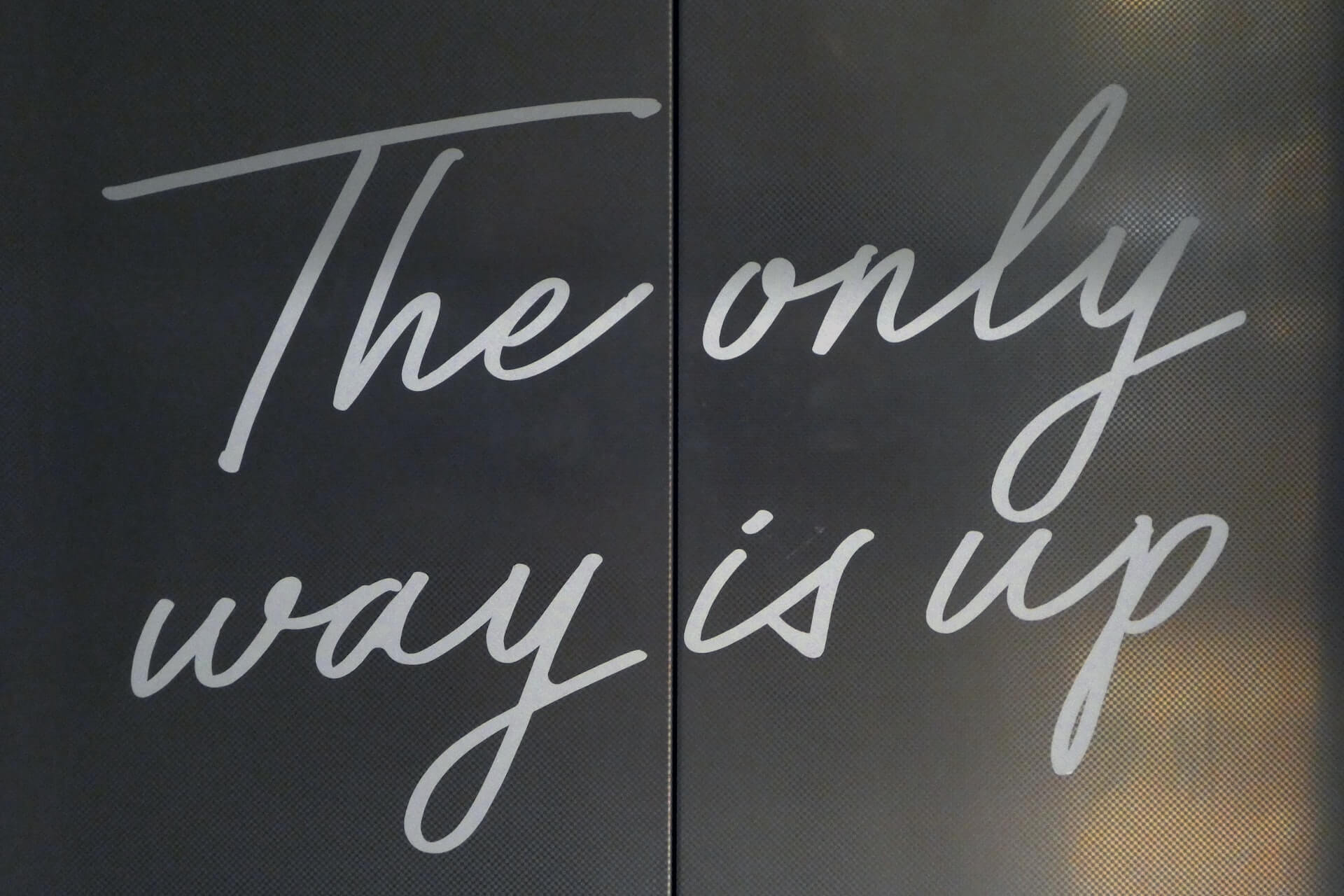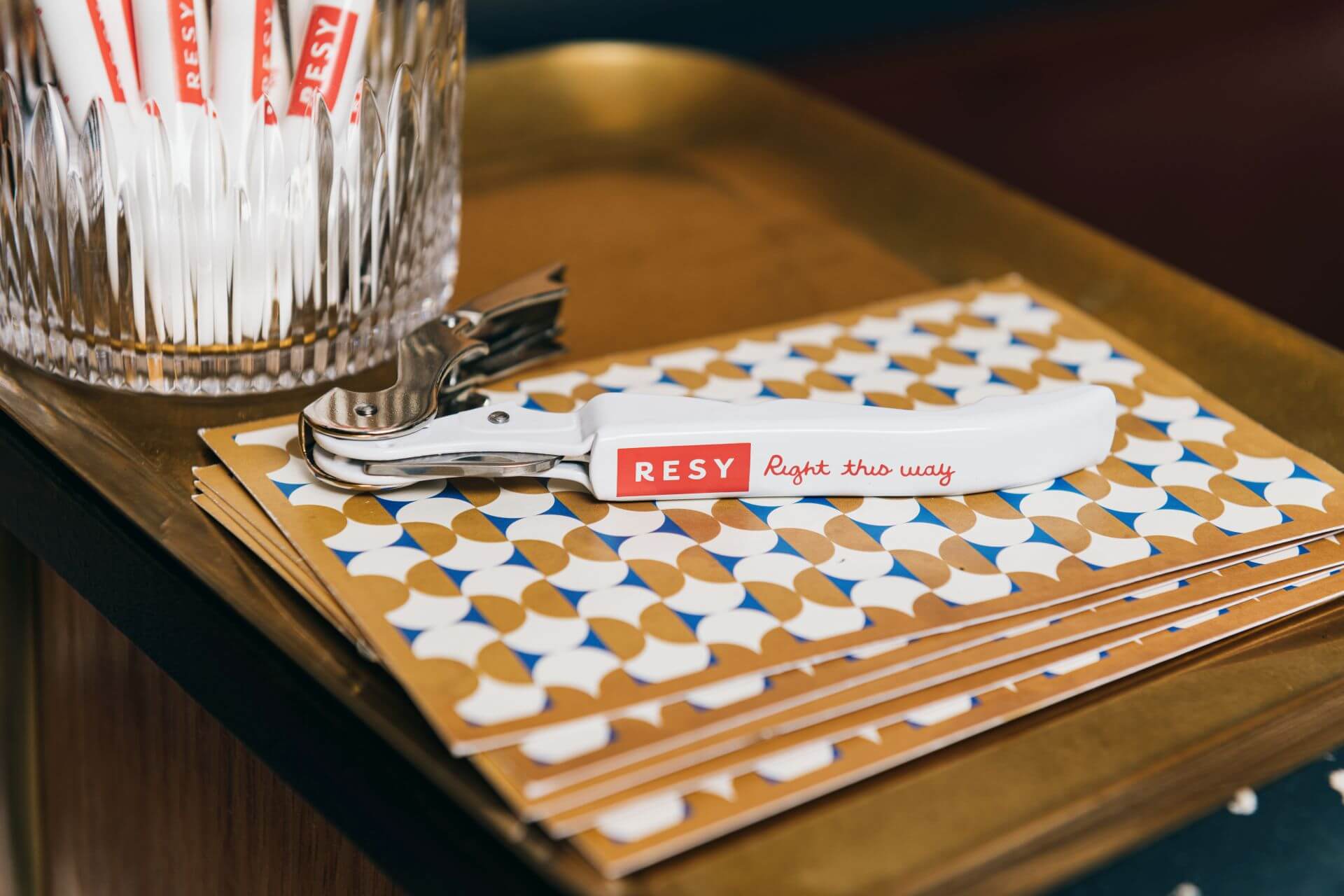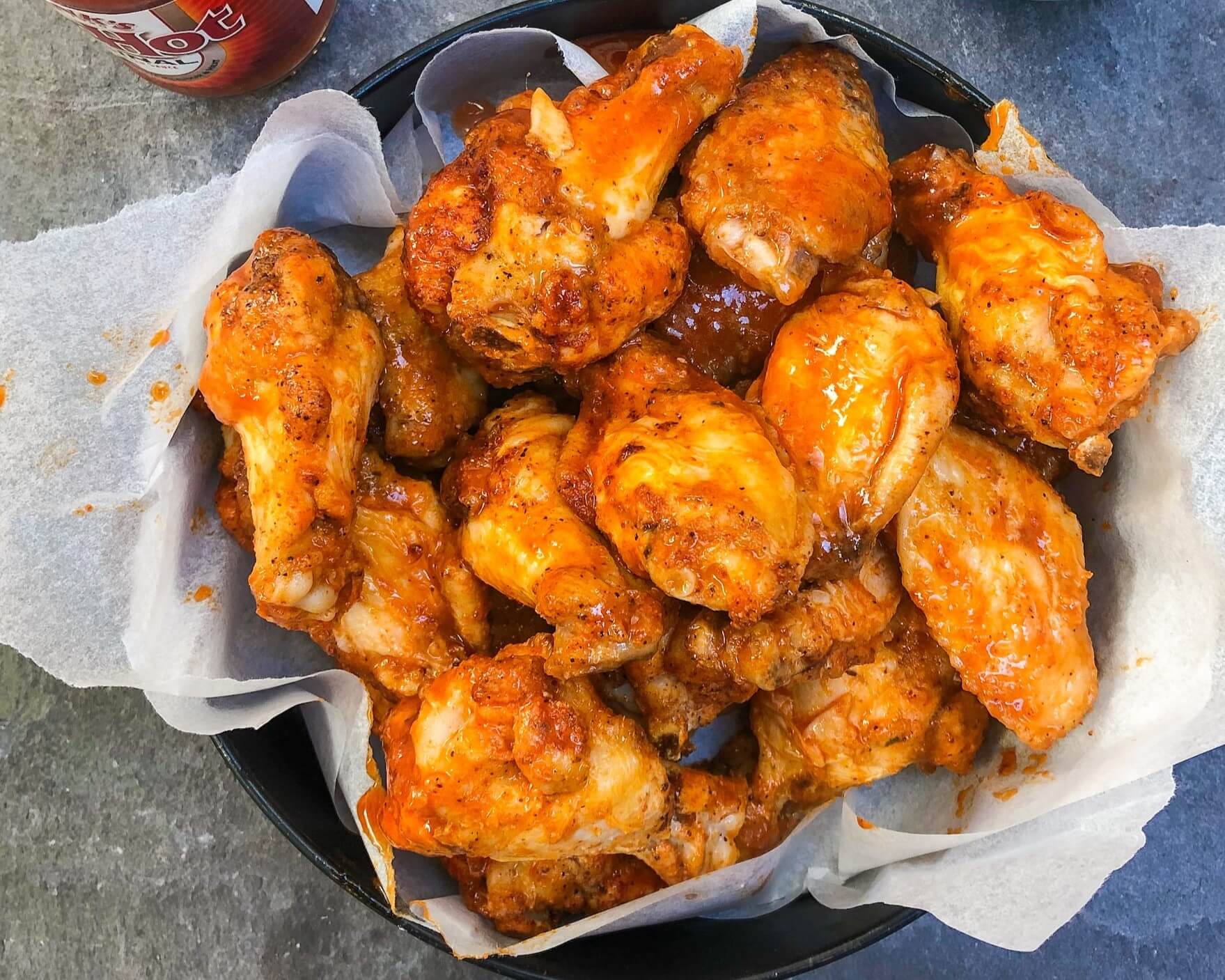Chief Marketing Officer Joins SevenRooms
by David Klemt

Just weeks after revealing a new partnership to start 2023, SevenRooms is now announcing their first-ever chief marketing officer.
Today, the guest retention platform takes another massive step in their march toward continuous growth. Josh Todd, former CMO of Mindbody, will serve as CMO of SevenRooms moving forward.
“Over the past year, I was able to get to know Joel and the SevenRooms team and see the differences they are making across the hospitality industry through data and insights,” says Todd. “Throughout my career, I have been passionate about deepening the human connections and experiences within the industries I’ve worked in, and I immediately recognized that SevenRooms truly embodies the operator-first mentality, making this a natural move for me. I’m honored to join the team and look forward to bringing my expertise and storytelling to the table.”
Todd’s appointment to CMO is yet another example of SevenRooms’ seemingly unstoppable growth. Each year, the platform strategizes, analyzes how their moves can benefit operators, and expands while streamlining.
It’s this growth that shows operators they’re here to serve the industry for the foreseeable future. And it’s this growth that should make operators confident about implementing SevenRooms in their tech stacks.
“As we head towards the next growth stage for SevenRooms, we are thrilled to welcome an experienced, proven leader in Josh to the team,” says Joel Montaniel, CEO and co-founder of SevenRooms. “Josh is a true full-stack marketer, highly analytical, and brings a strong point of view on what drives successful marketing organizations… With a background rooted in doing what’s best for operators and a true passion for bringing incredible experiences to life, we know his customer-centric approach will help propel us into the future.”
Continual Growth
In March 2021, SevenRooms appointed Pamela Martinez as the company’s chief financial officer.
By September of the same year, the platform had entered into a multi-year partnership with TheFork. This was significant news for operators throughout Europe and Australia. Additionally, this partnership illustrated how SevenRooms is pursuing global growth.
A month later, in October of 2021, the company formed a partnership with Olo. With this move, SevenRooms ensured clients who also use Olo were able to capture a key group’s data: off-premise customers. Using that information, profiles for those customers are created automatically. That means operators can learn more about—and effectively market to—customers who engage with them via online orders.
Then in December 2021, SevenRooms and ThinkFoodGroup—the hospitality company behind Chef José Andrés’ portfolio of restaurants—publicized their partnership. Interestingly, this partnership also saw ThinkFoodGroup joining SevenRooms in an advisory role.
To kick things off in 2022, the platform announced the hiring of a chief revenue officer, Brent-Stig Kraus.
Oh, and just weeks ago, to ring in 2023, SevenRooms entered into a partnership with Competitive Social Ventures.
Of course, not all of SevenRooms’ growth over the past few years involves crucial C-suite roles and entering into partnerships. While those moves benefit operators and our industry, there are other developments worth noting.
Along with hiring Martinez as CFO, the platform launched Direct Delivery in March 2021. This online ordering solution makes it easier for operators eliminate third-party fees; maintain control of the guest data they collect; and fulfill the guest desire to order from restaurants directly and effortlessly.
Image: Nick Fewings on Unsplash











